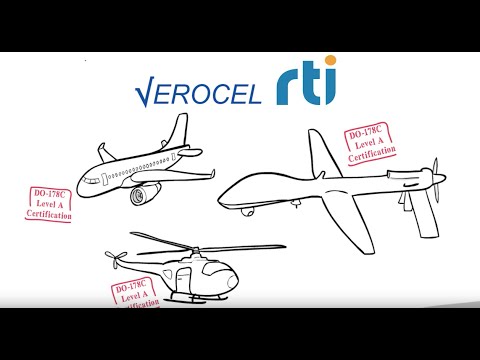data distribution service
Kubernetes (K8s) provides a de-facto standard for container orchestration that can manage and scale distributed applications in the cloud. OMG’s Data Distribution Service (DDS), a standardized real-time, data-centric and peerto-peer publish/subscribe middleware, is being used in thousands of critical systems around the world. However, the feasibility of running DDS applications within K8s for latency-sensitive edge computing, and specifically the performance overhead of K8s’ network virtualization on DDS applications is not yet well-understood.
This project research the feasibility of running DDS applications on Kubernetes clusters under various use cases and deployment scenarios. We also evaluate the performance overhead of multiple popular container network interface(CNI) plugins installed on cloud/edge-based Kubernetes clusters.



